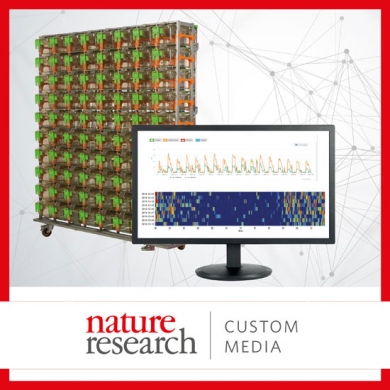
The current version of the Tecniplast website doesn't match your region. Please visit your local website to find information and offerings specific to your country.

The current version of the Tecniplast website doesn't match your region. Please visit your local website to find information and offerings specific to your country.


A new article produced by Nature Research Custom Media and Techniplast examines remotely tracking mice cages, DVC®, and their potential to reduce animal stress and reveal environmental factors that could undermine the reliability of experimental data.
The article reviews publications from leading research centers in Europe and the USA. It describes the DVC® system as an accessible, scalable home cage monitoring solution that is based on an electromagnetic field technology (EMF) shown to have no long-term definite effects on mice. DVC®s are compatible with existing cage racks and accessories so can be directly and easily introduced into most animal facilities
The article points out how DVC® racks are washable and autoclavable as a normal rack.
The article lingers on how this platform can track animal activity, food and water availability and other parameters. Indeed DVC® employs an array of electrodes that can monitor physical activity and reveal patterns of movement and behaviour based on changes in conductance as an animal passes over them. This enables researchers to quickly determine whether animals have experienced a disruptive stressor based on changes in activity. The article notes that upticks in daytime movement are often indicative of atypical behaviour in the normally nocturnal mouse. This might happen after a cage change, for instance and that could mean there is a stress in the mice because they have to rebuild their environment.
The author of the article interviewed some early users who already have an ambitious vision for cage-monitoring technologies as a means to reduce the use of laboratory animals in research. Some of them predict that, as more researchers begin recording the activity profiles of their various rodent strains under both ‘normal’ and disruptive laboratory conditions, there is the potential to create a shared resource — a virtual control cohort for behavioural studies. Interviewed researchers underlined that by leveraging high-throughput automated data collection technologies, such as DVC®, they can build huge libraries about behaviours of different strains, substrains, ages, sex, and have a knowledge base to draw on when we assess new behaviours, which is extraordinary valuable.